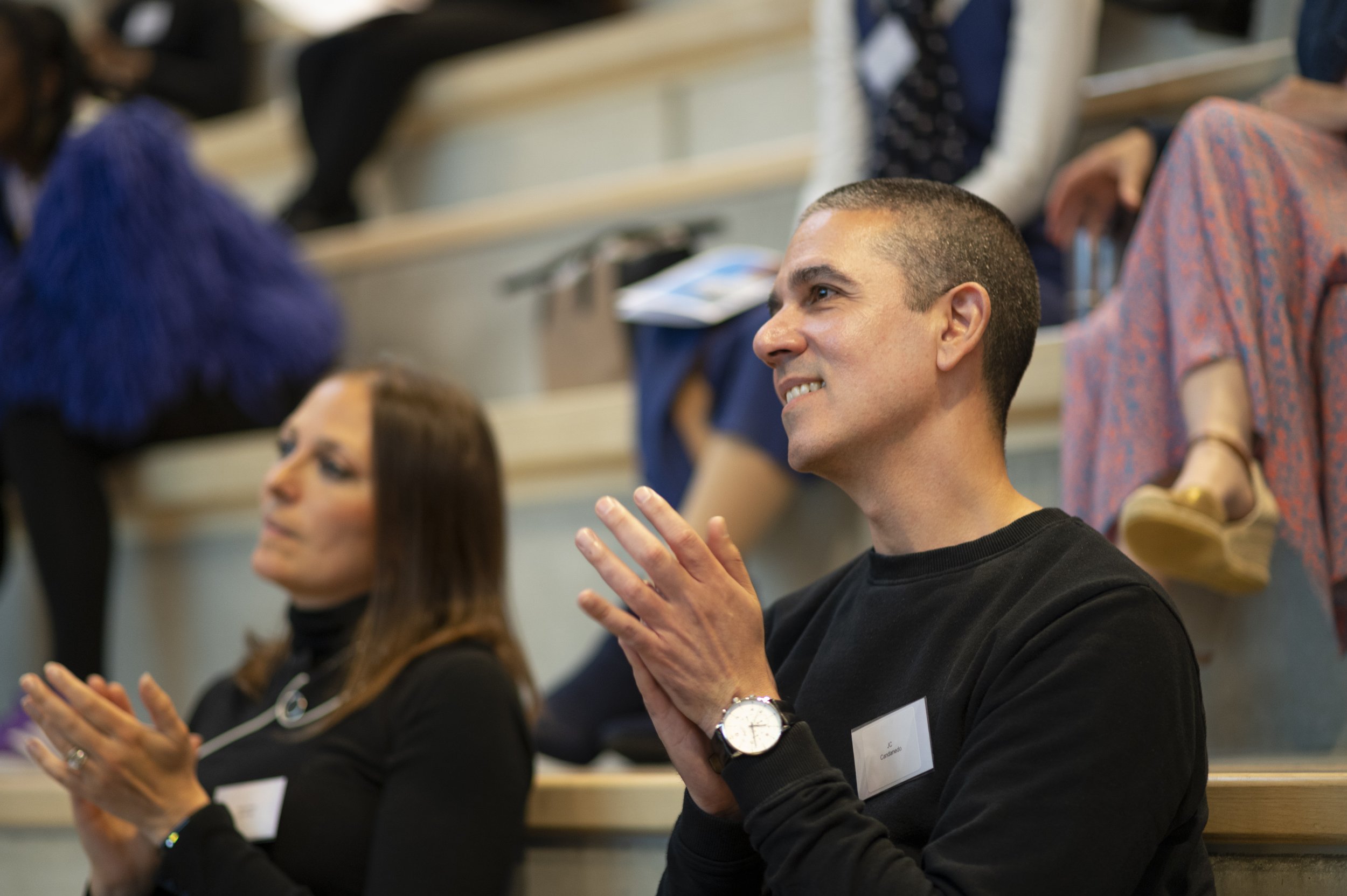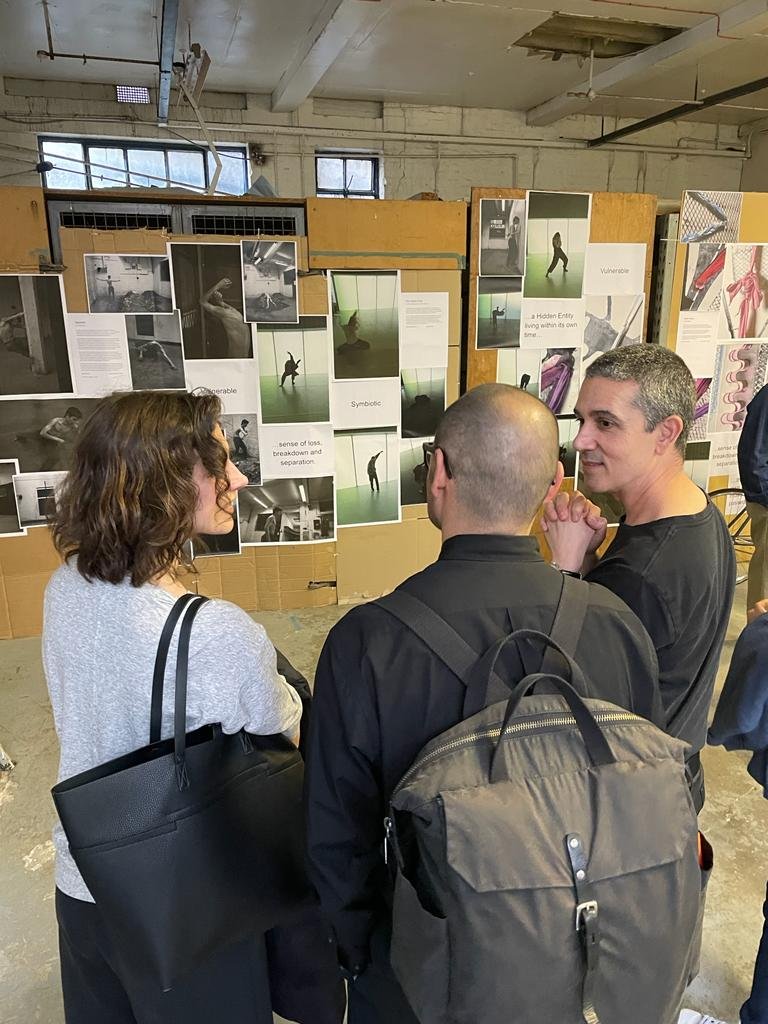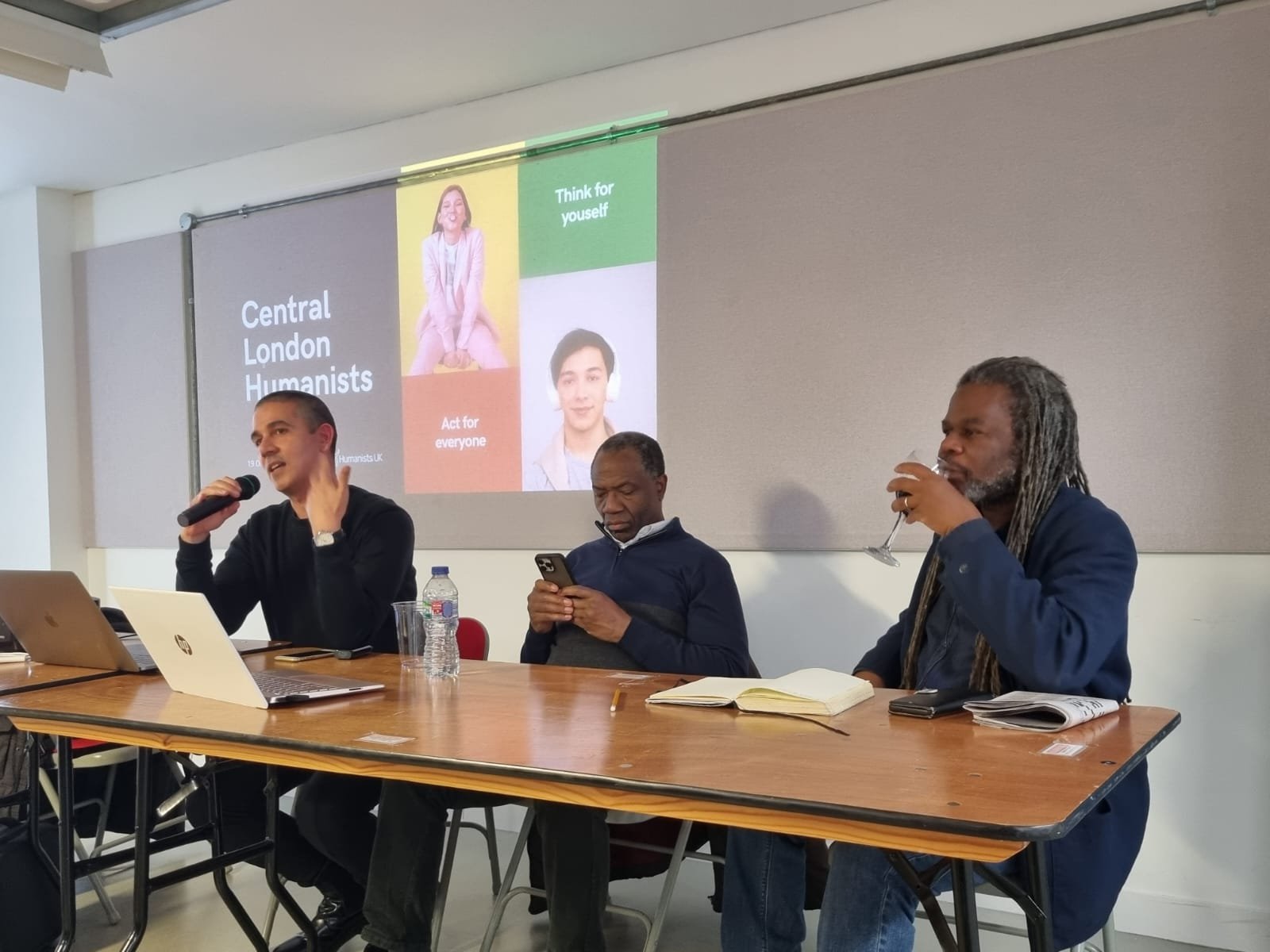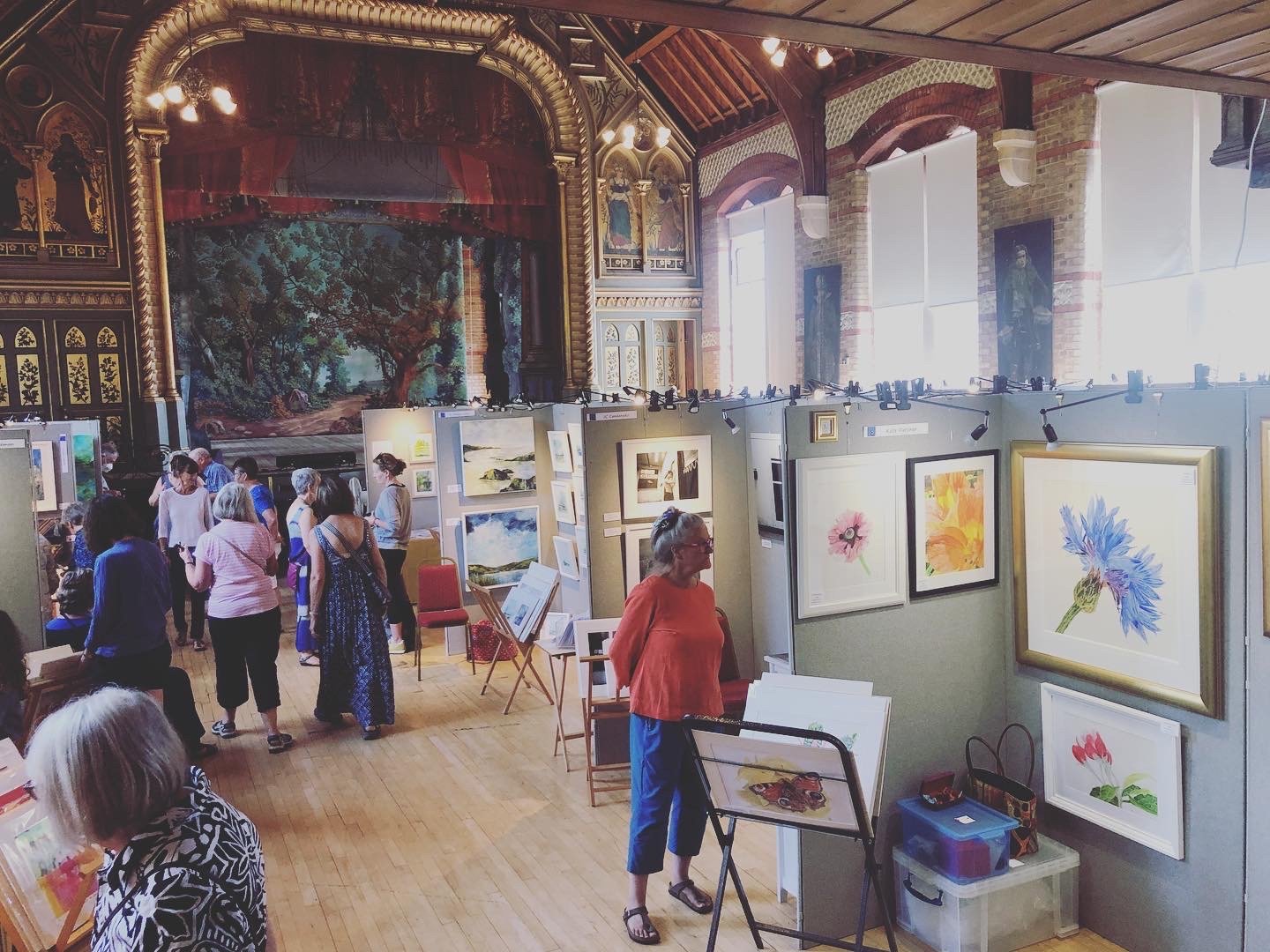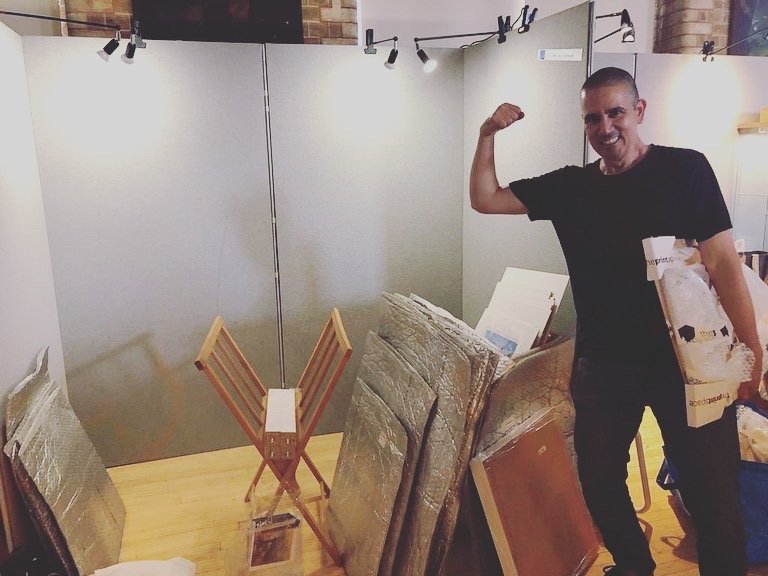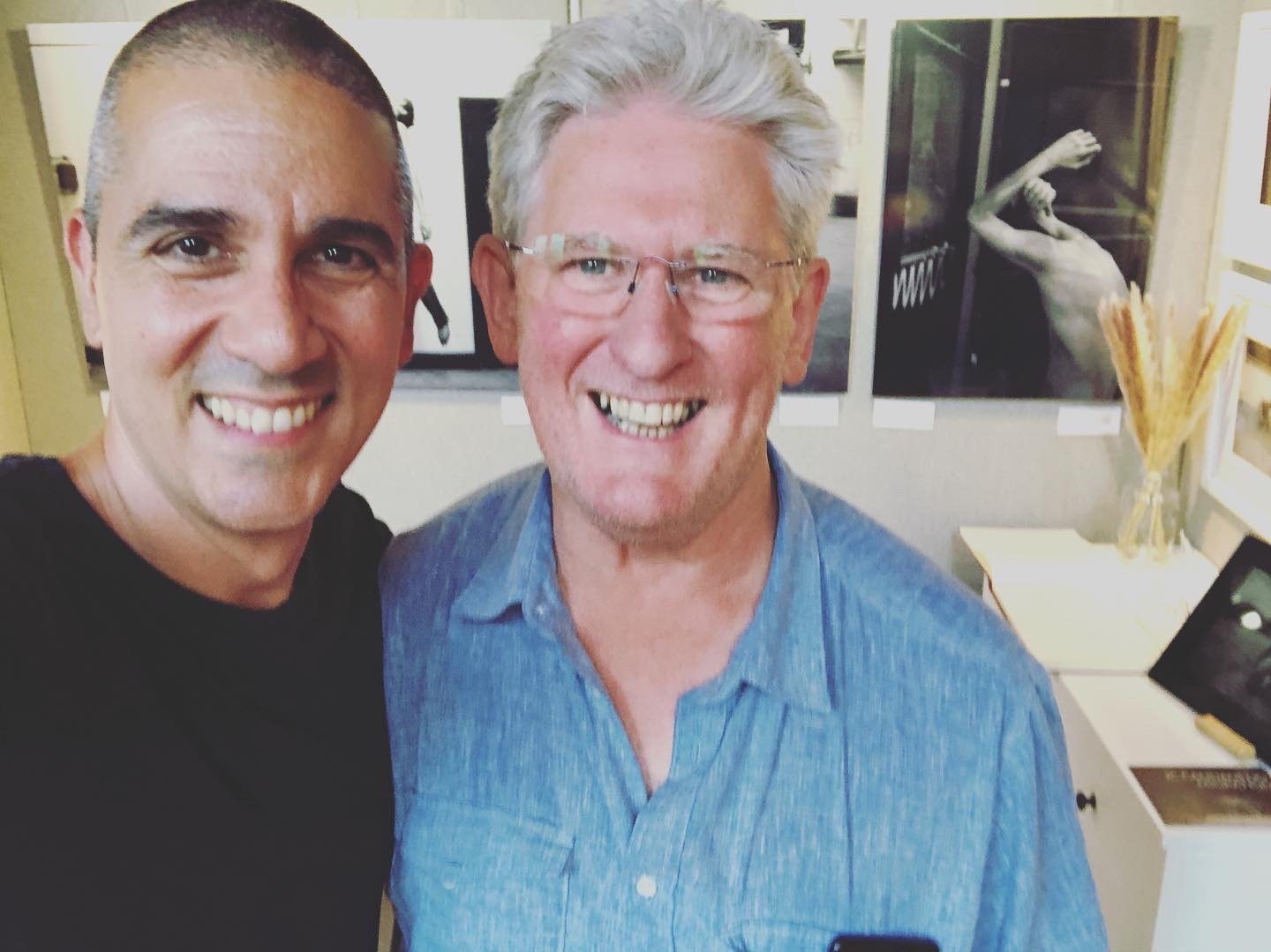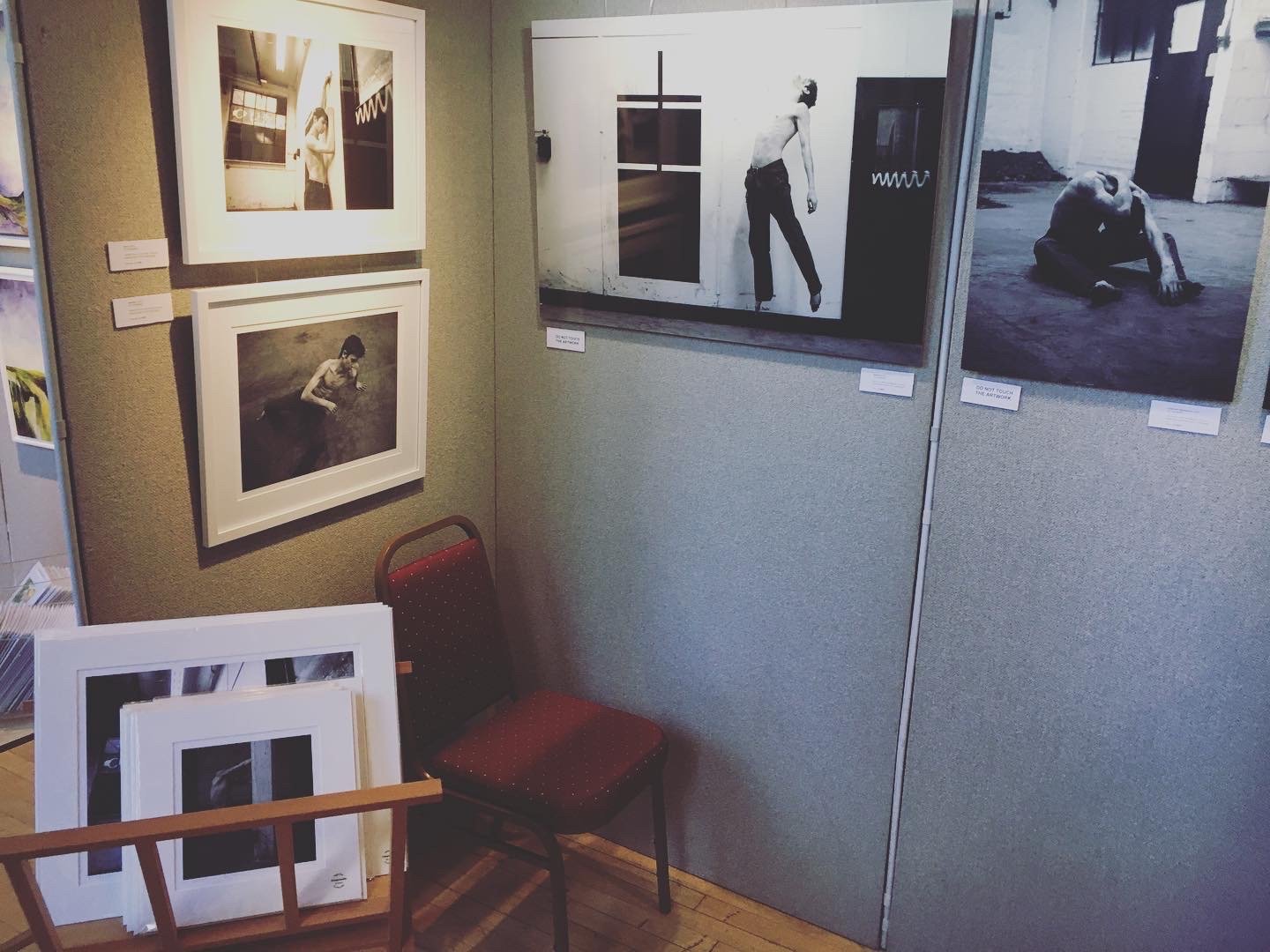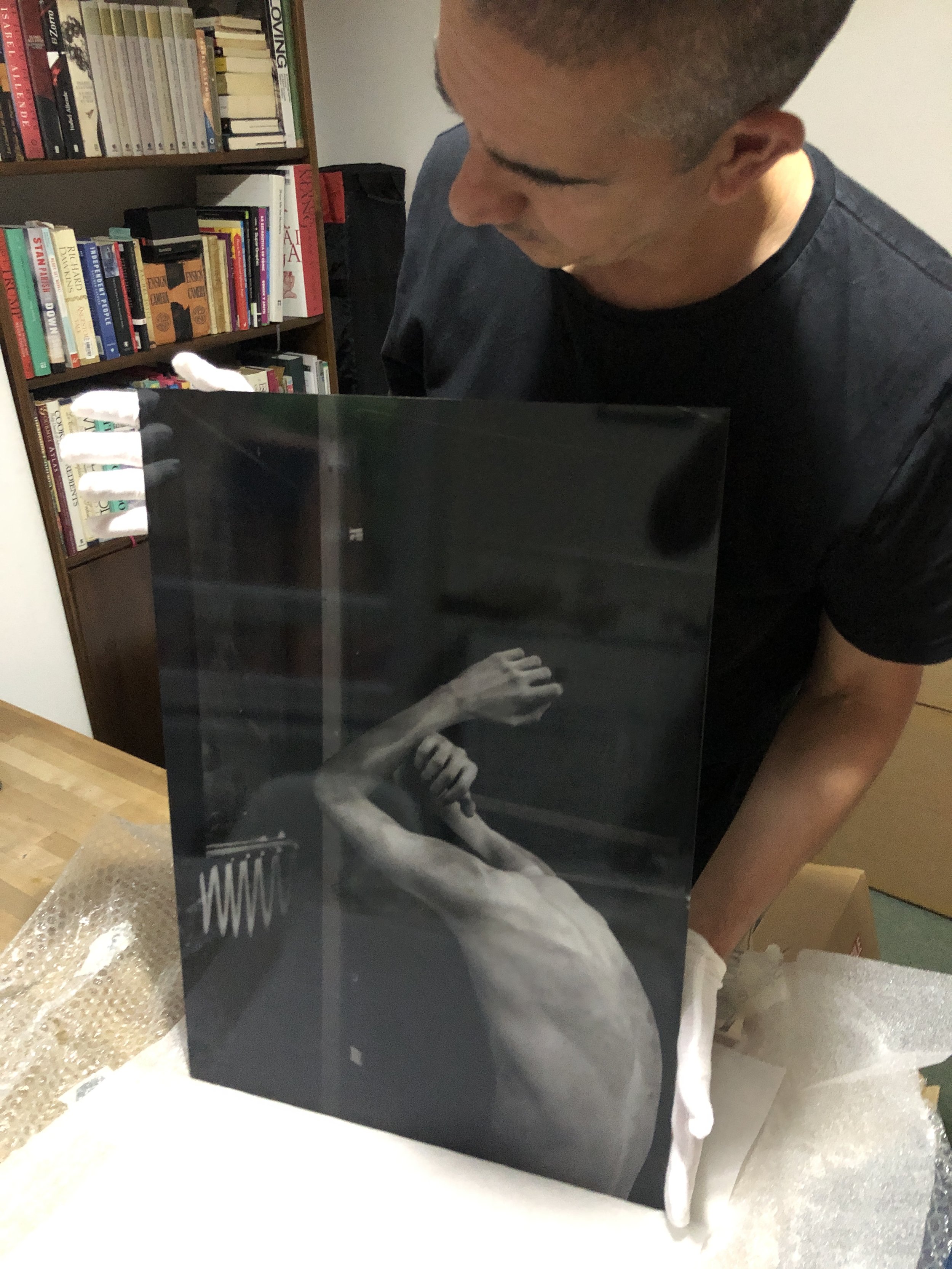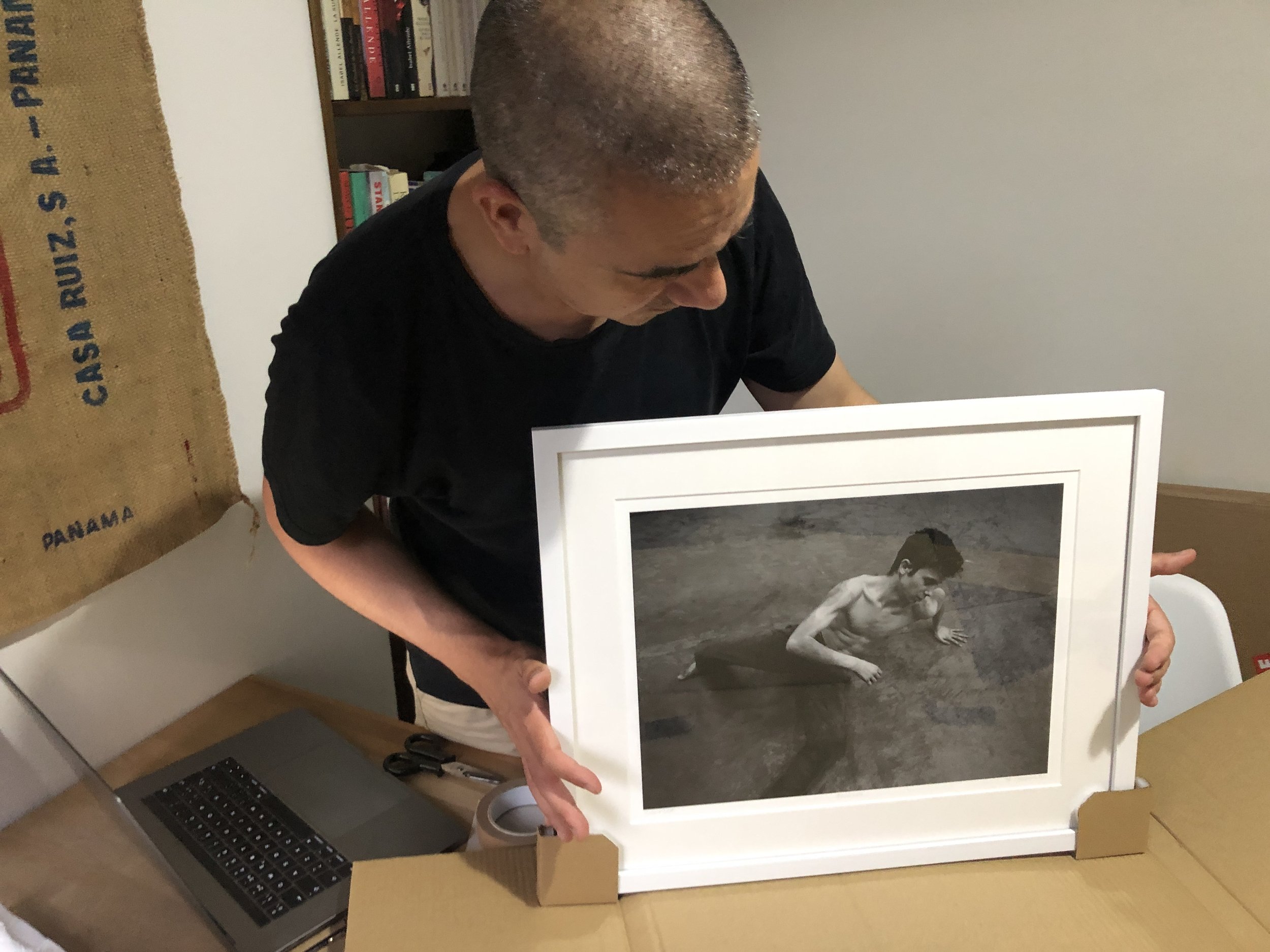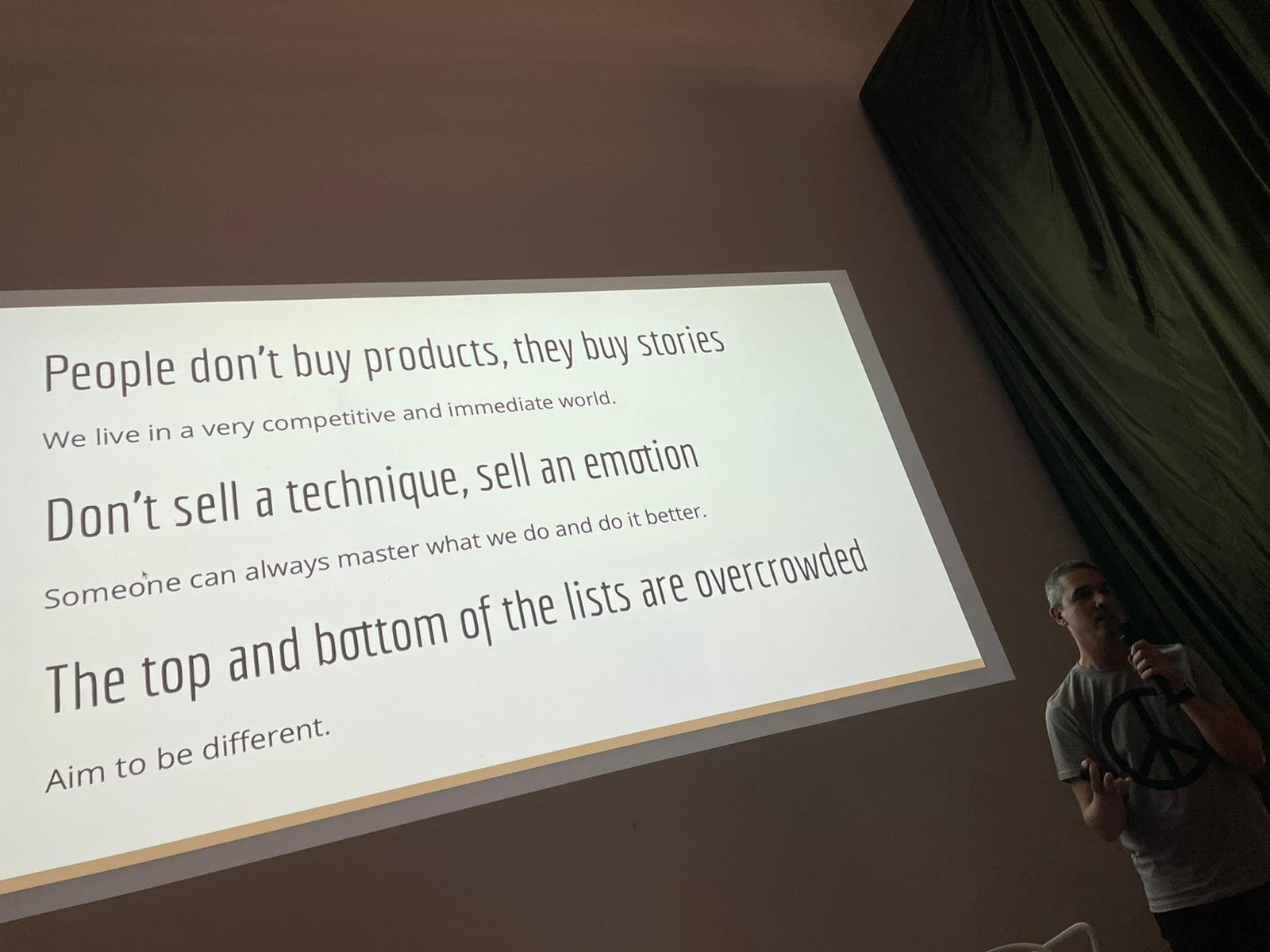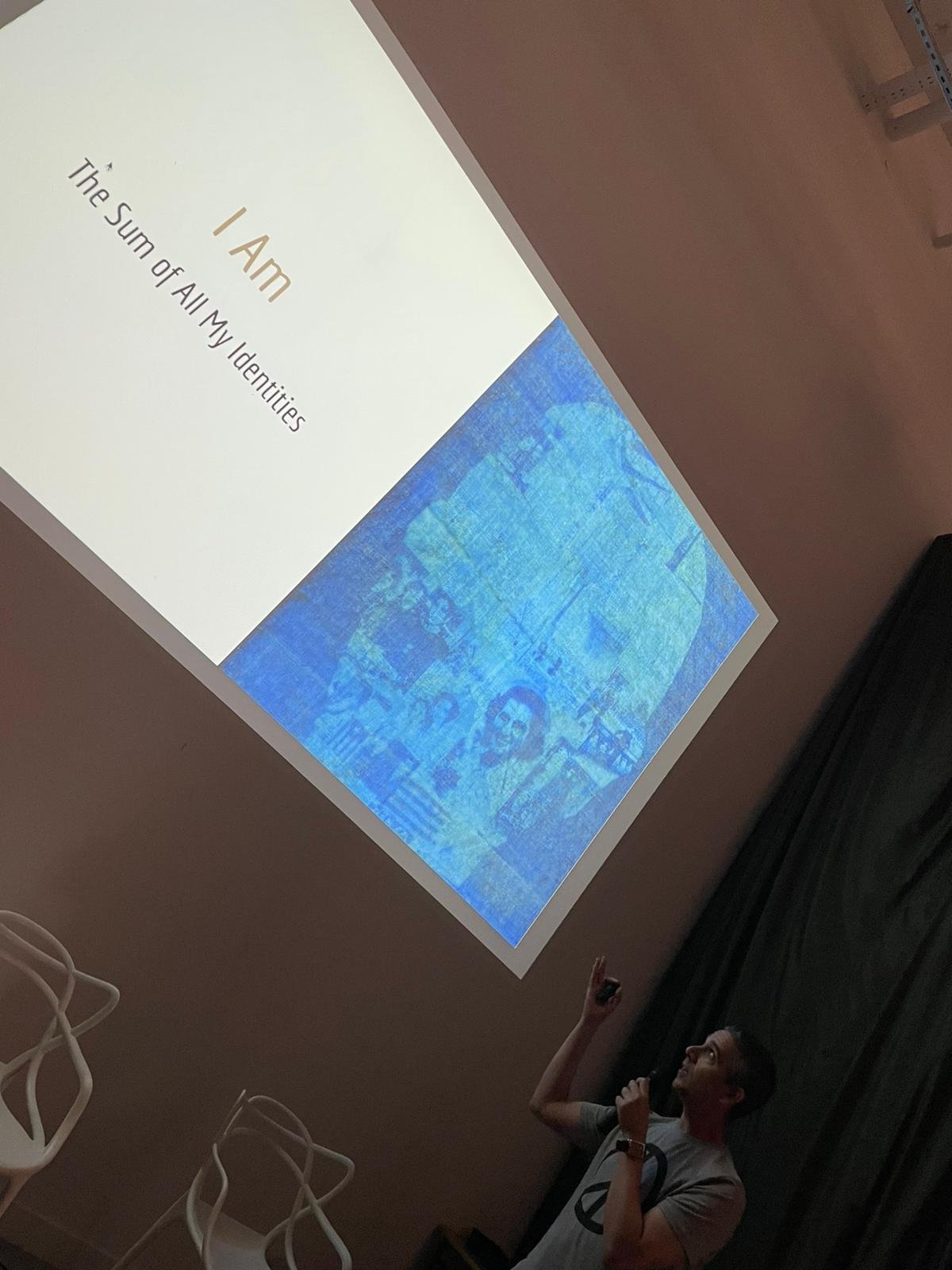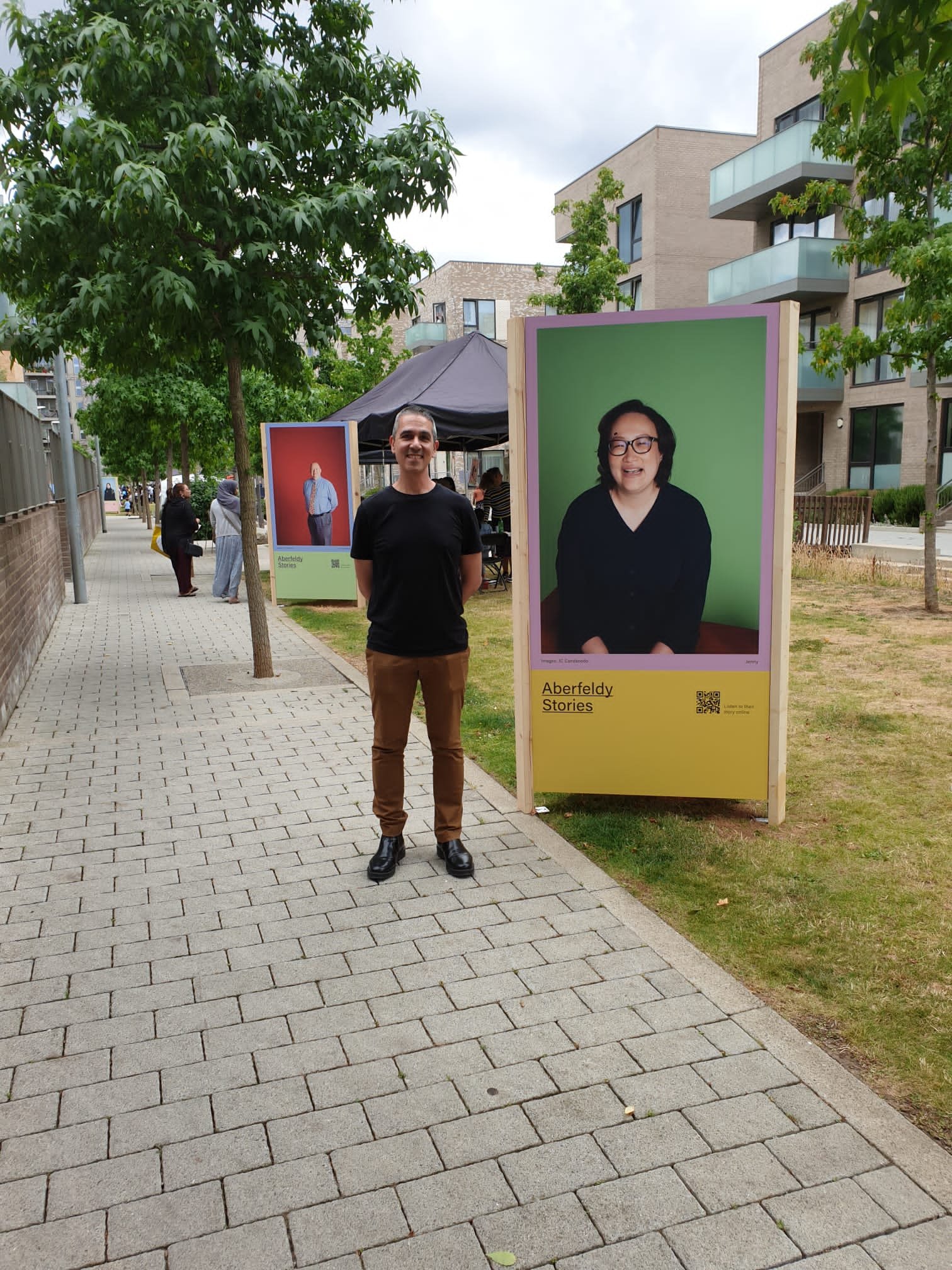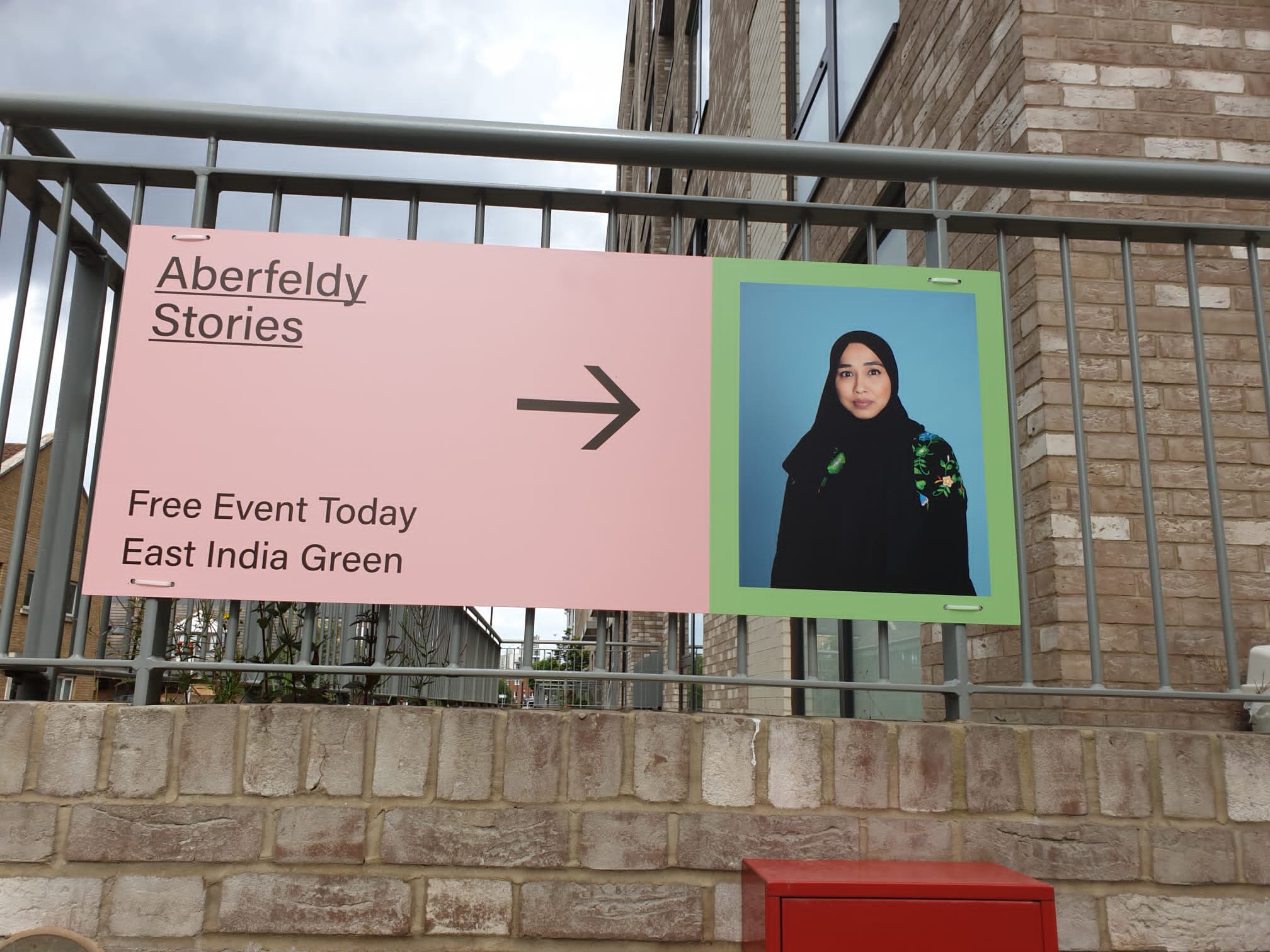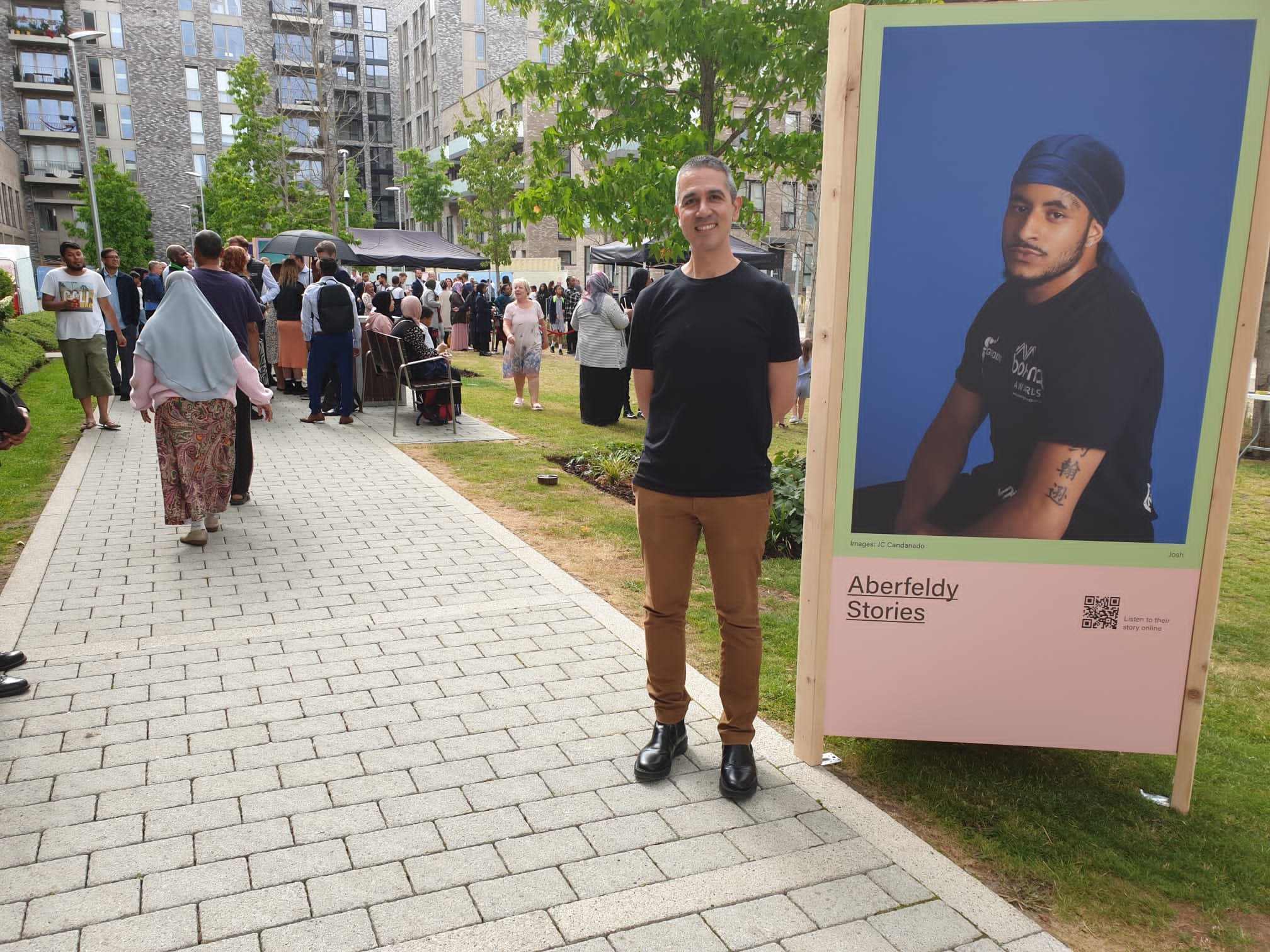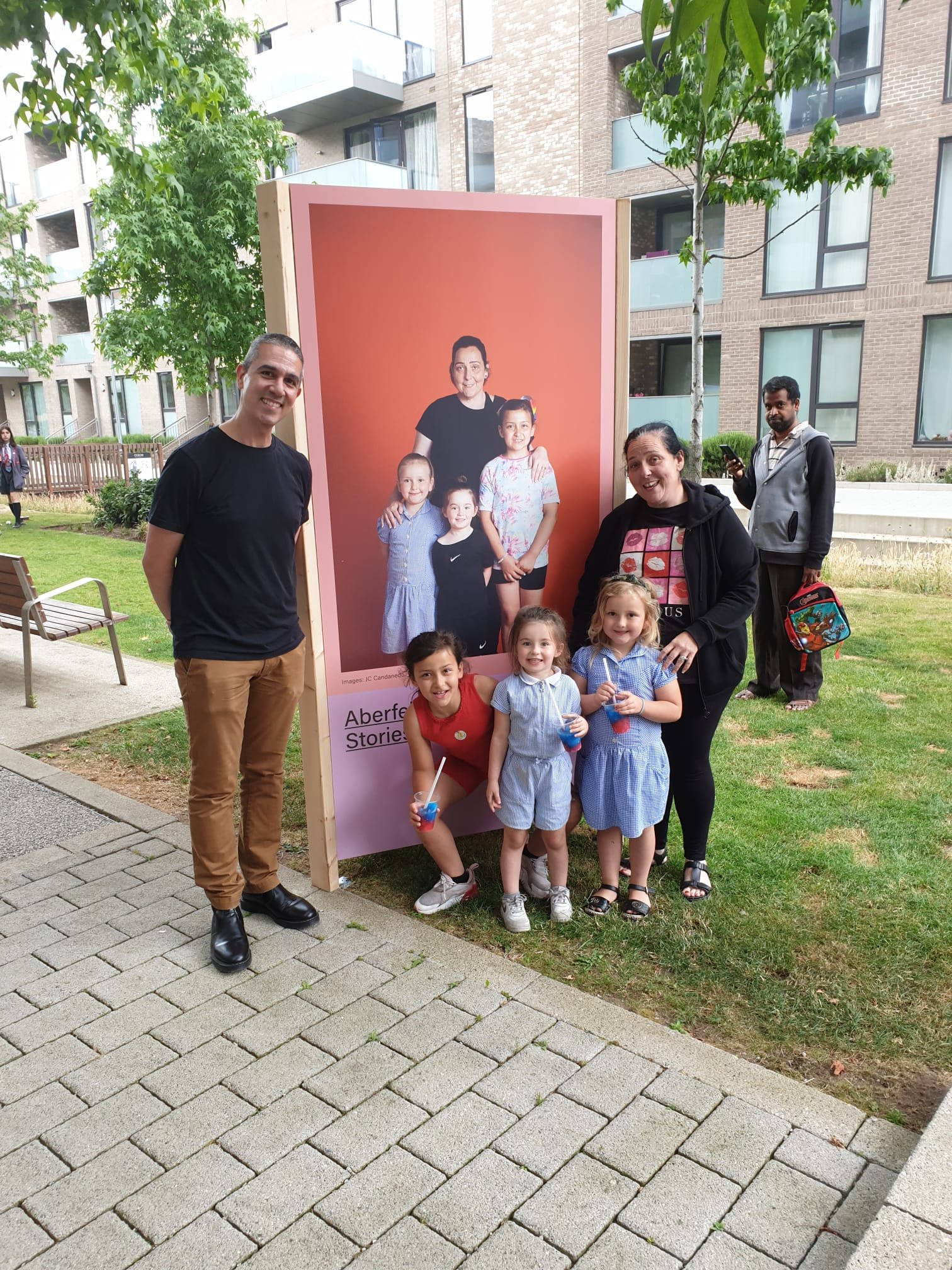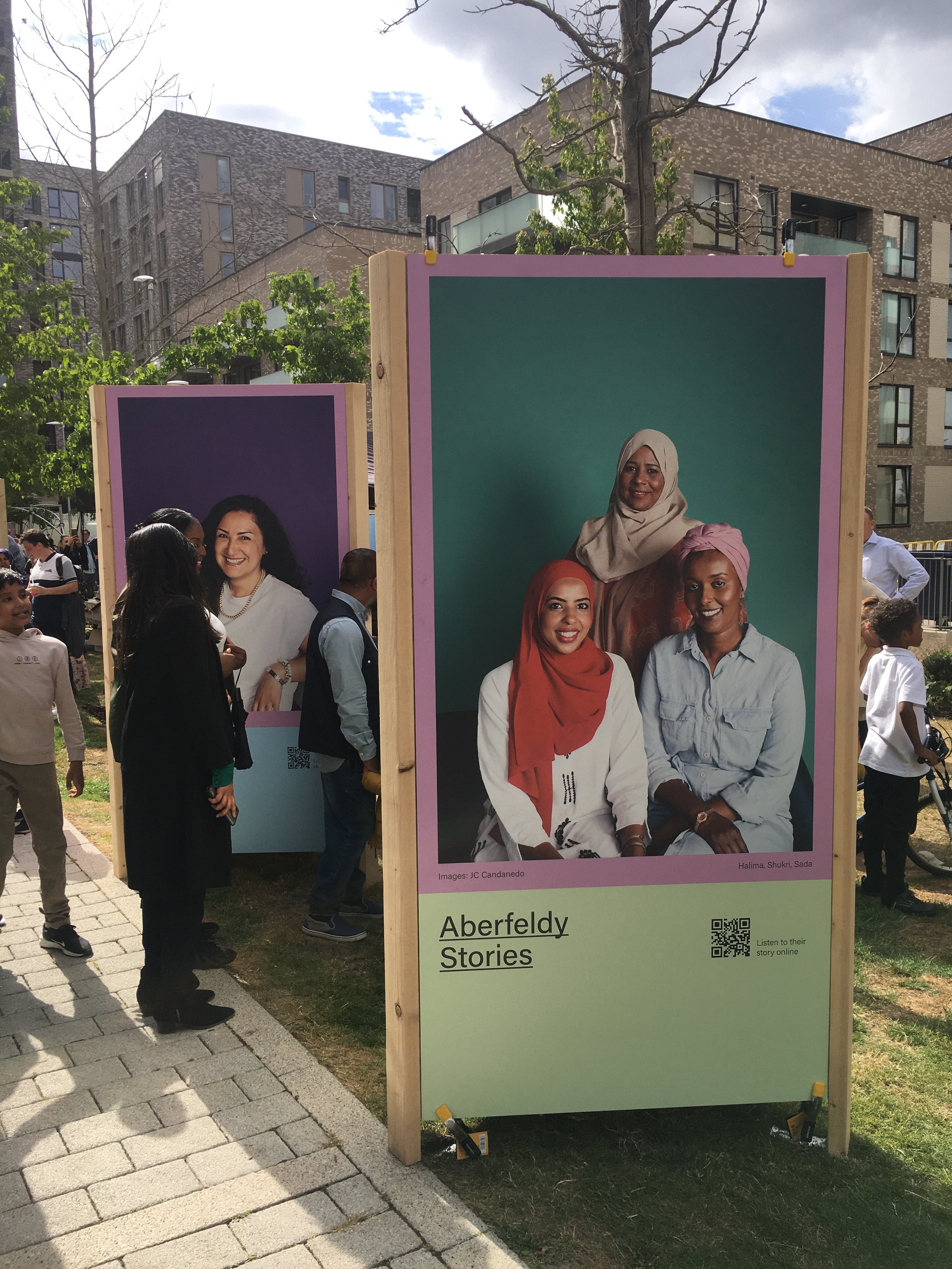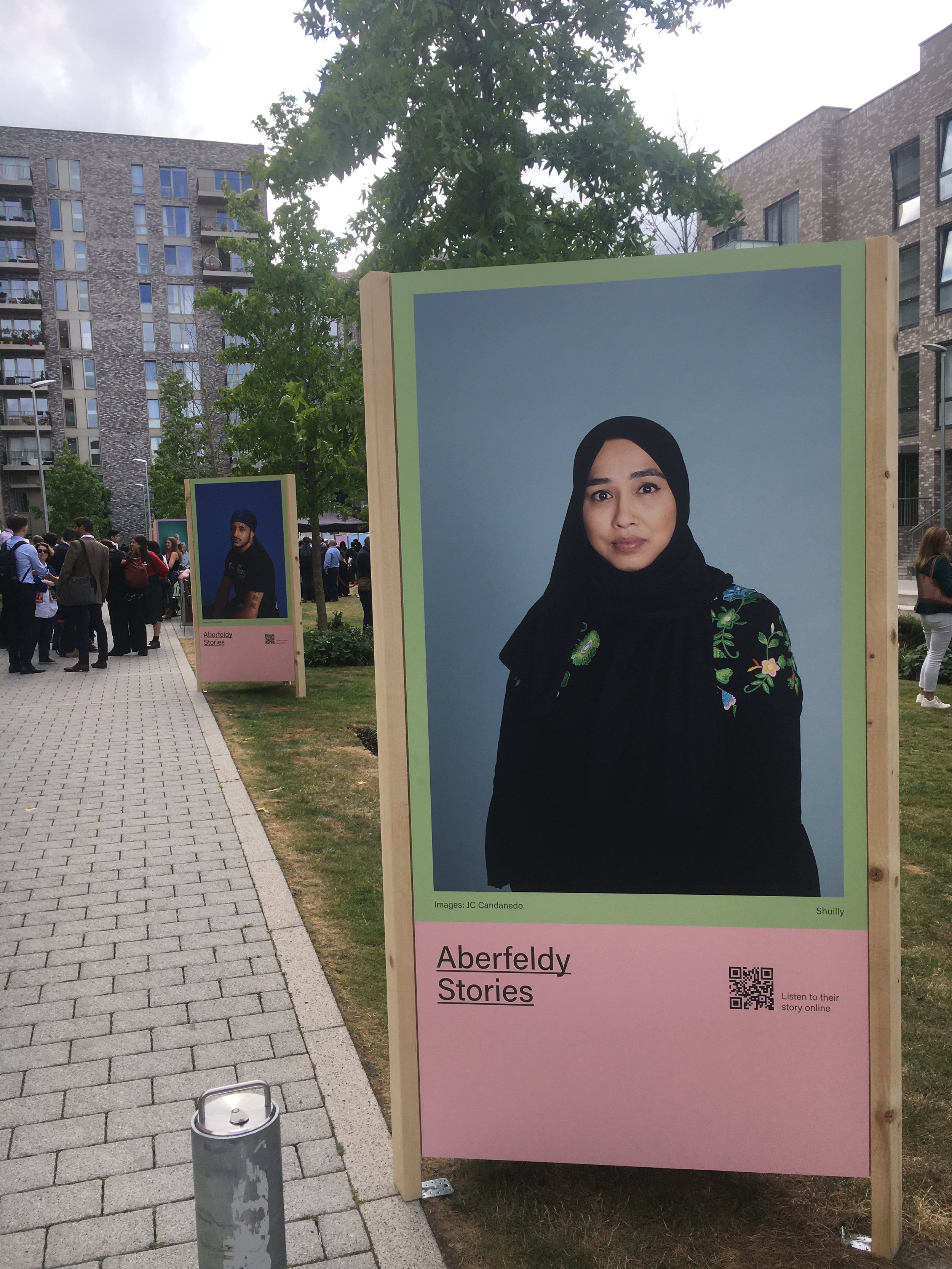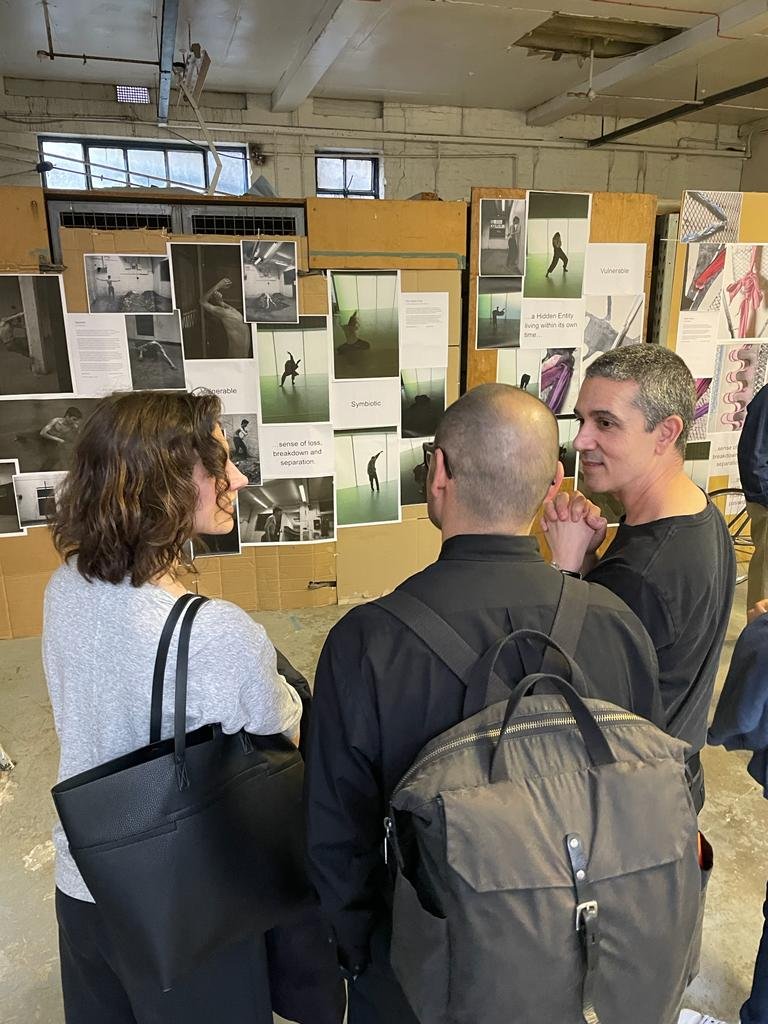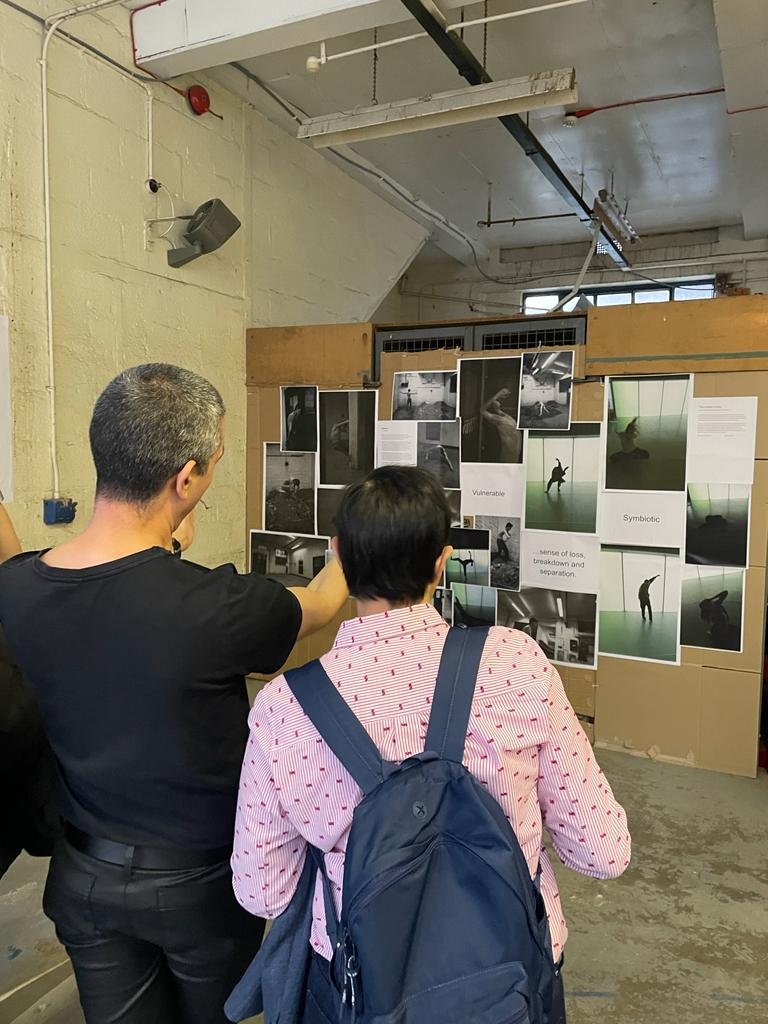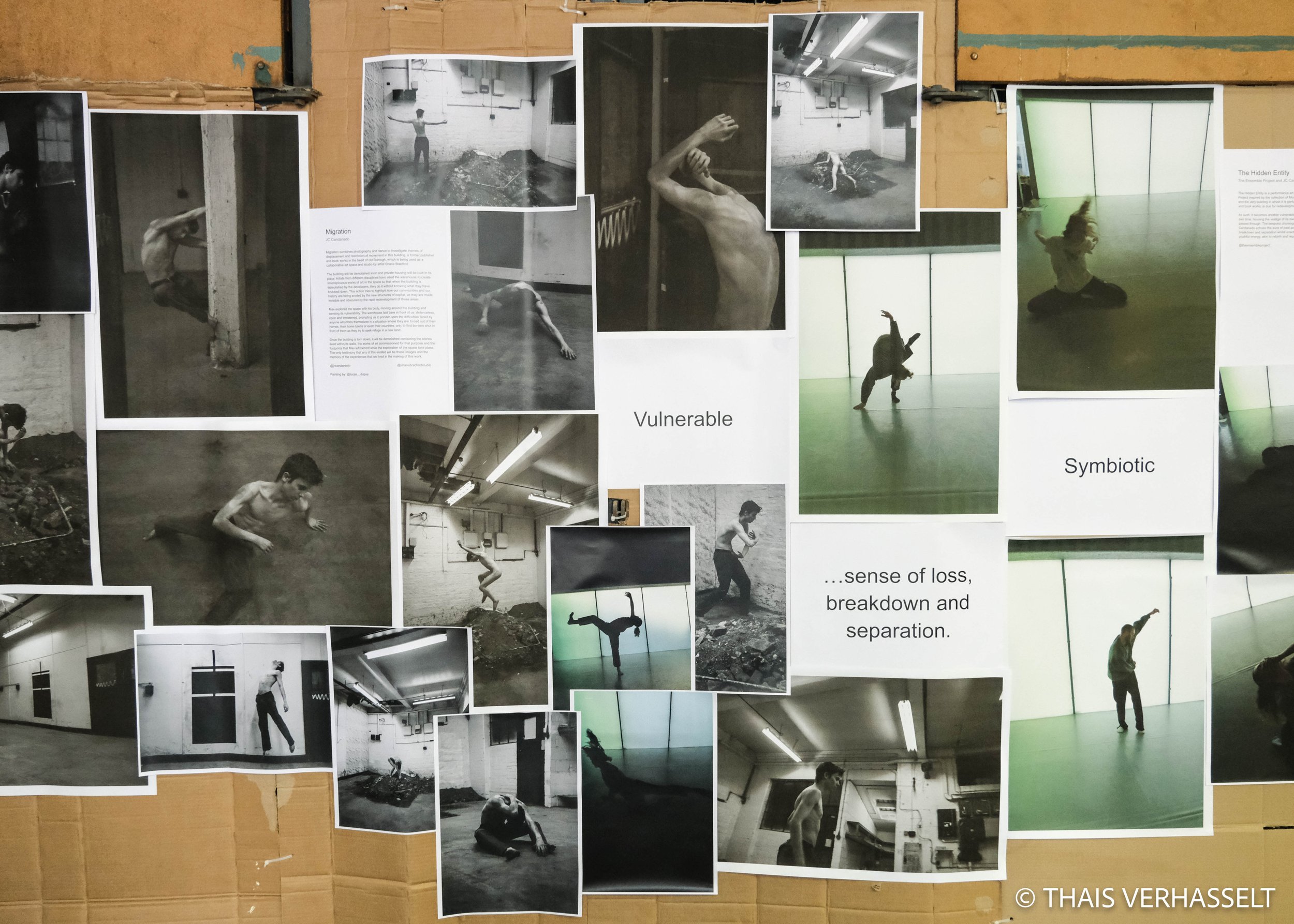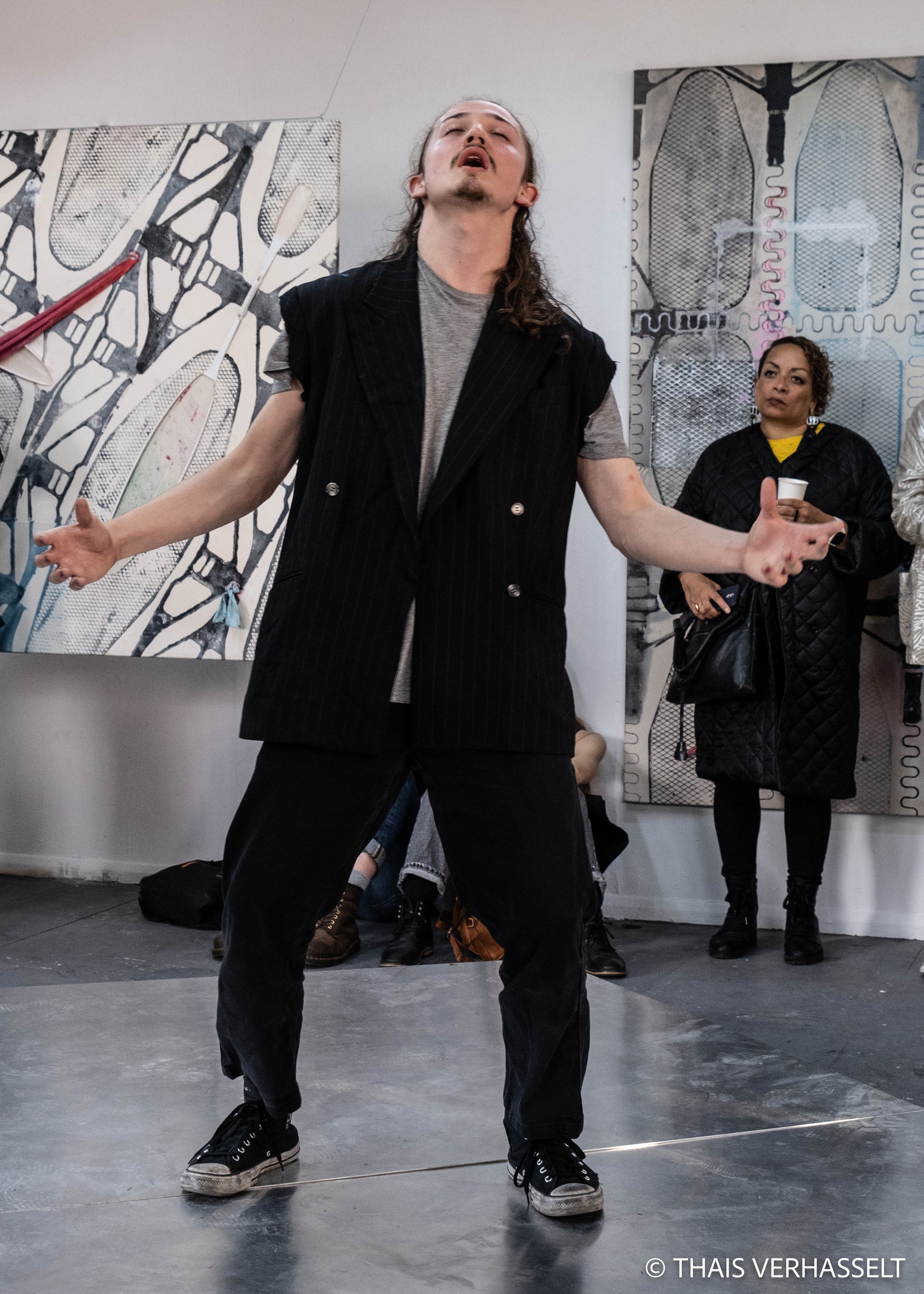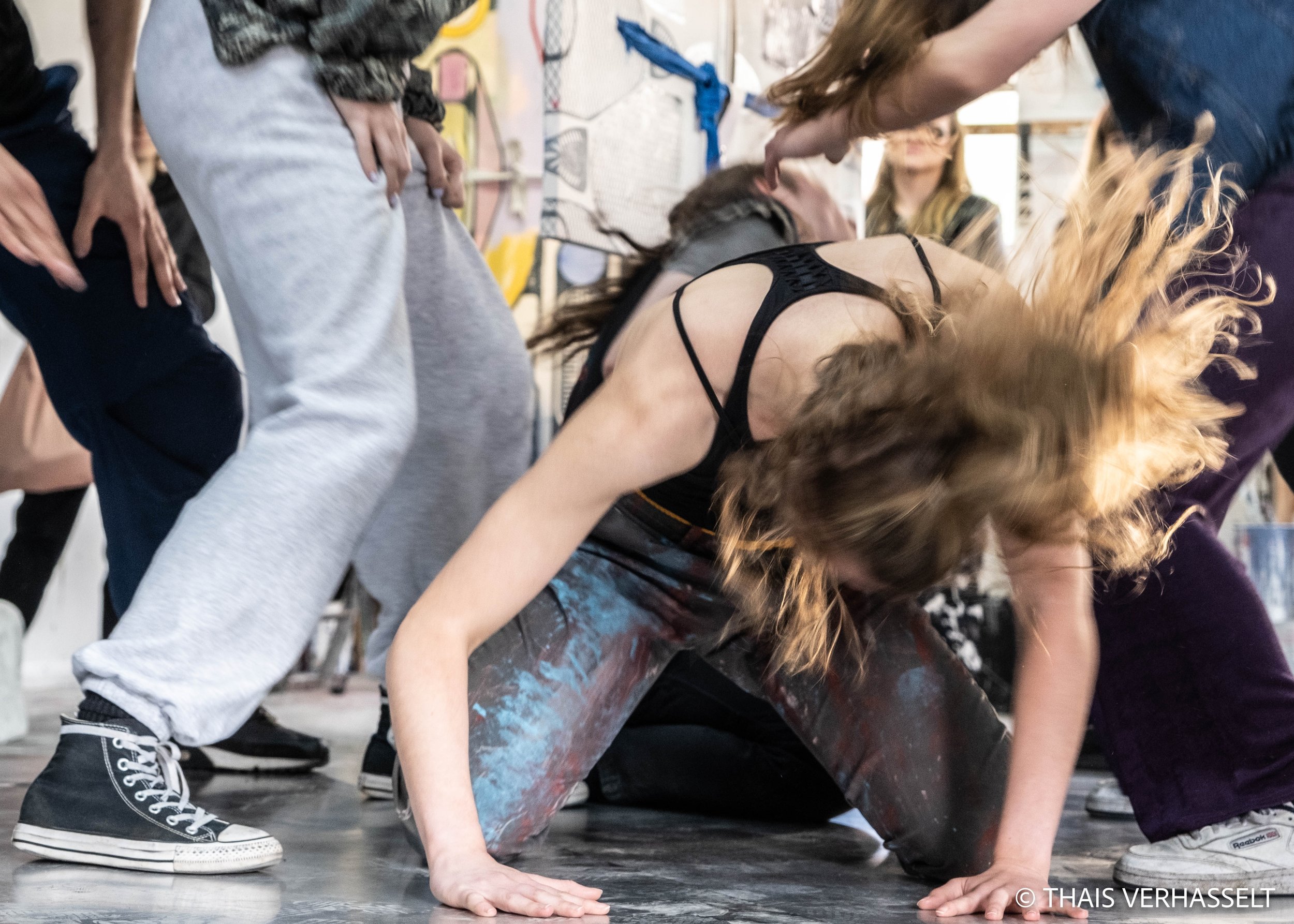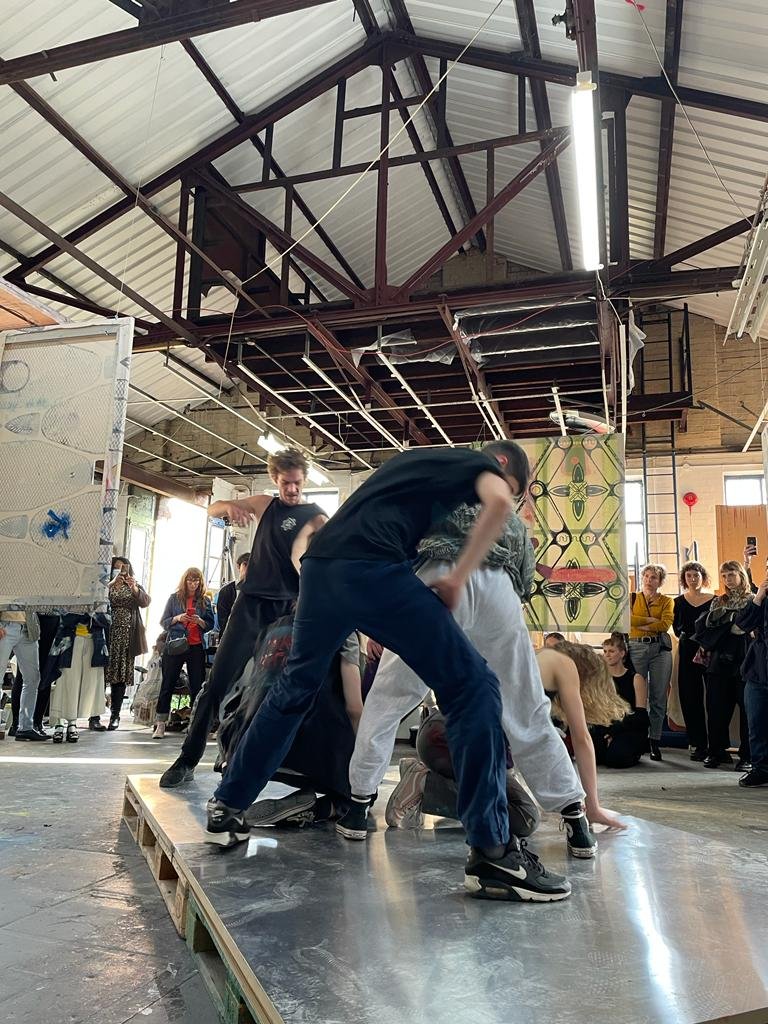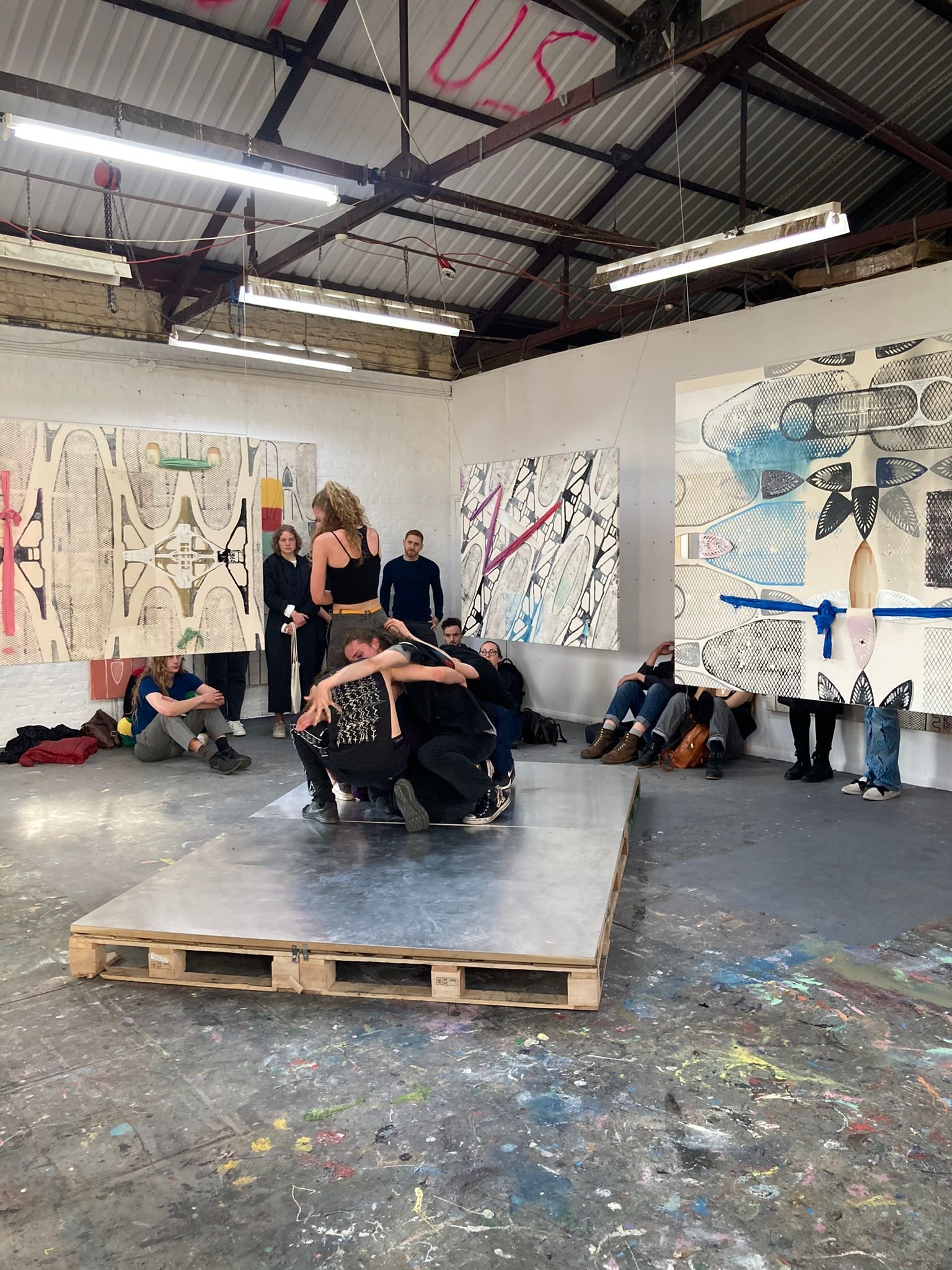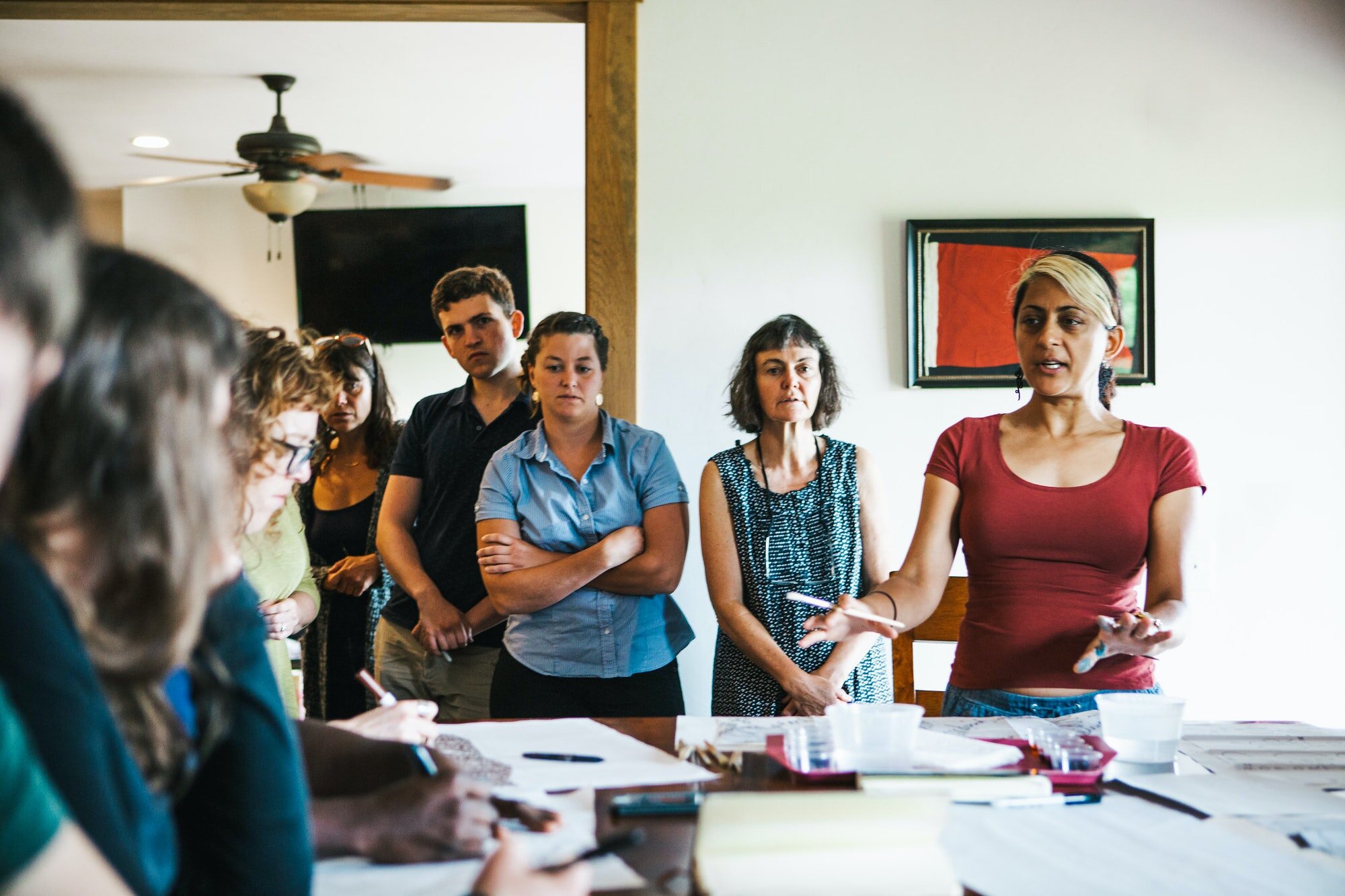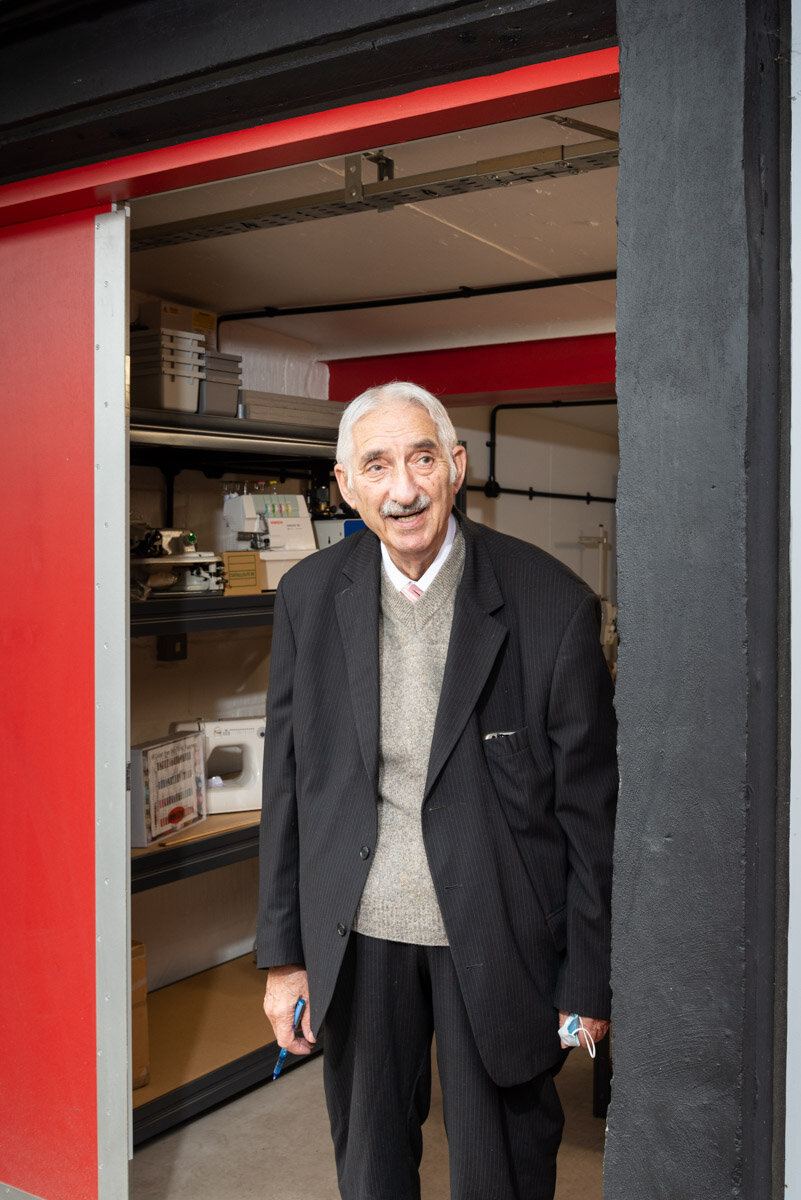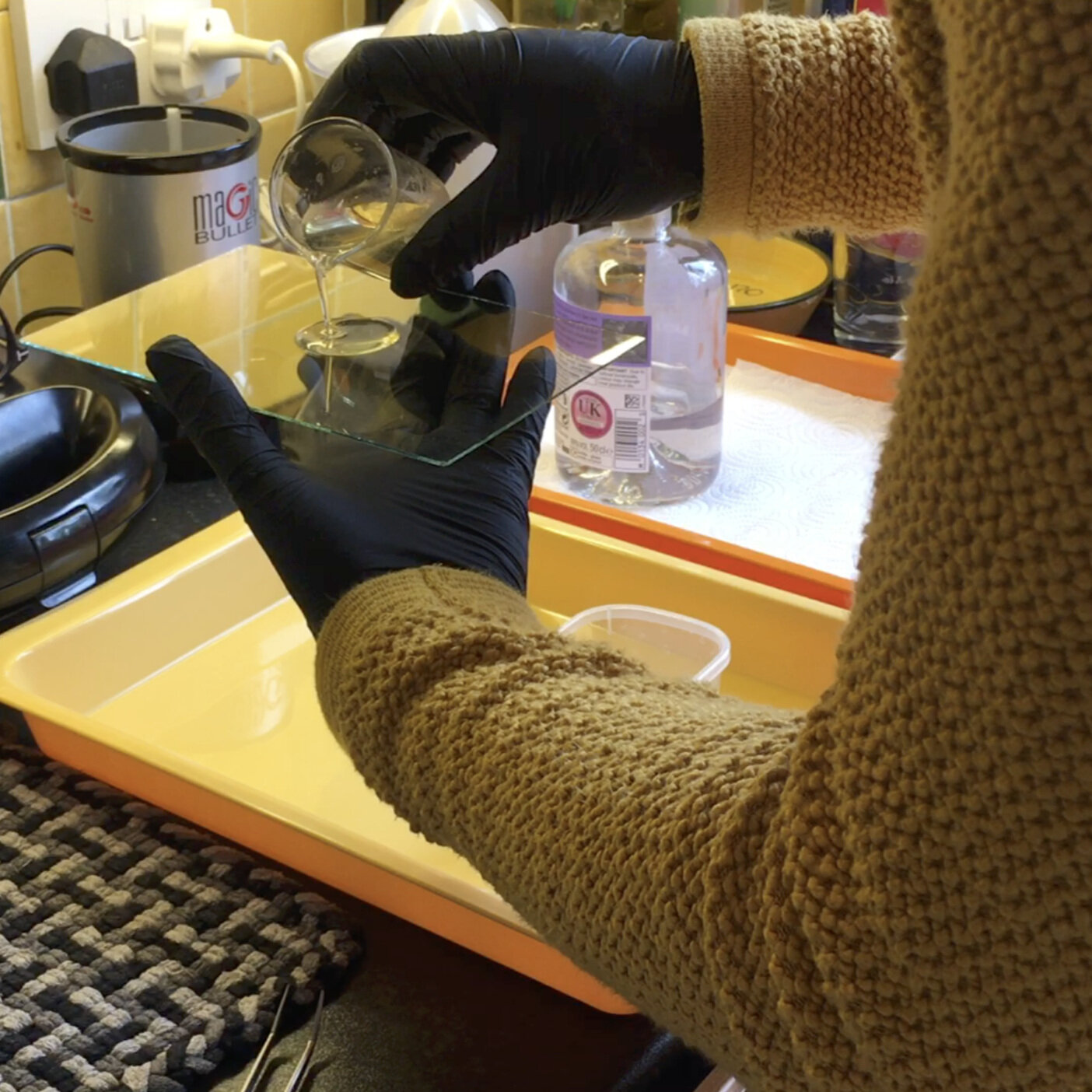This is the Twentieth-Fourth post in my series of posts where I speak with people in the creative industries and ask them questions about the things that “I Wish I Had Known” when I started out as a creative myself.
This week I chat with Lydia Thornley, a designer, creative director, reportage sketcher and workshop presenter from East London who says that one of her most important skills is being nosey and that sometimes her fingers turn into chipolatas...
You and I met through The Trampery when you came to the building where I work to do some reportage sketching. Since then, I have become some sort of fanboy of your work and I’ve often said to you that I wish I were half the talented that you are. Where does your love for illustration and sketching come from?
I started drawing before I could walk! But I was also lucky that my dad was a creative: when I was little, he was in advertising, then a designer, illustrator and artist and he never minded me hanging out with him. As a teenager, I wanted to be a cartoonist / graphic novelist like Posy Simmonds. When I started college, I wanted to be a designer and illustrator but when I studied you had to specialise so I chose design. For decades, I’ve drawn as part of my design method but it’s the bit that clients don’t see: the thinking on paper. It’s become a proper strand of my work relatively recently and that happened by accident, through a personal project. This is shorthand was a booklet for clients and industry friends about drawing as part of my design practice. An artist I was doing some teaching with challenged me to do a drawing a day until it had to go to press. The only place I could do that was on the tube – and I didn’t stop... That turned into my Instagram feed and my Instagram feed led to exhibitions, commissions and connections. It's been a homecoming.
2. To me, you are the true definition of a Renaissance Artist. Your creativity seems limitless, and you can simultaneously be designing wall graphics, running drawing sessions and sketching on the tube. How does it all come together under the brand Studio Lydia Thornley?
I’ve really had to think about how to explain what I do as a brand, in changing times, at a stage when I’ve chosen creative adventures over winding down. I can’t separate the activities because some of my clients use everything I do. So I’ve given the brand flexibility. I renamed the business from Lydia Thornley Design to Studio Lydia Thornley – the studio can do whatever I want it to do. The logo a square eye. It’s a visual pun (“square” is old-school slang for unfashionably-nerdy) and it can be flat colour or a container for imagery. The typography is clean, simple and designed to sit well with a variety of work.
3. What serves as inspiration? Which ideas do you explore in your work?
Whether I’m working for clients or on my own projects, I love learning or discovering something new. I once named nosiness as a core design skill! So I enjoy working with clients who do interesting things and I love projects that give me an excuse to explore, experiment, research and hear from people I would never otherwise meet.
4. During the pandemic, while you were in almost strict confinement at home, you started sketching the produce in your garden to keep yourself busy and your mind distracted and that's how Dispatches From A Small World came about. Did you ever think that all those sketches would end up taking a life of their own in the form of a blog?
I started the project because I needed an outlet for that spirit of enquiry. As the pile of work got bigger, I thought I might make it into a book but in lockdown I had no access to the quality of scanning that I’d need. So a blog was a way to get it out there digitally. There will be more – watch this space!
5. Apart from the dispatches, what creative work do you do in your own time?
Now that sketchwalking is possible again, the sketchbooks are back. I go through them so quickly that when shops were still closed I started making my own from waste – that’s environmentally-friendly and in the stress of the pandemic, bookbinding is a wonderfully-mindful thing to do. Lose focus and it all goes horribly wrong! I always have a whole stack of personal projects and I’m researching for my next Nerd Nite London talk, on a comedy stage, about pencils.
6. What exactly is Reportage Sketching and what are the possibilities of this form of illustration?
Well, essentially, it’s reporting in drawings. It’s what a reportage photographer does, working live, only with pen and paper or an iPad instead of a camera. Sometimes, it’s all live, sometimes there’s development work or colour added later. In its purest form, it’s news illustration – I love the work of George Butler and Olivier Kugler – and locations, Gary Embury, Lucinda Rogers and the Shoreditch Sketcher are great examples of that.
7. Are there any brands that you admire? What makes them stand out?
For me, brands that stand out are either clever or adaptable. So two examples are Innocent Drinks, which has words as part of its brand and a friendly personality, and the BBC, which changes constantly in how it’s expressed but stays recognisable. Apple is always interesting too because it's recognisable through the logo, its product design and software that are the heart of the brand.
8. What’s been the biggest creative challenge in your career to date?
My own brand. It’s the toughest task for any creative because it’s very hard to stand back from it and look at it objectively.
9. You and I have collaborated in the past in a creative collective exploring the world around us through design, photography and the written word. When we were exploring the social distancing signage, it always impressed me how you combined both data and illustration to tell stories. How did you start combining these two different disciplines? Is this something that you do regularly for your clients?
Well, that goes right back to what I originally wanted to be. And no, it isn’t reportage illustration! I’d say it’s halfway between my sketching and my design work because it’s about ideas and storytelling. It has been used for clients but, interestingly, as part of my consultancy work to explain how a whole project works.
10. Being the unstoppable creative machine that you are, how do you overcome a creative block?
Ooh, well we all have days when our brains don’t work and our fingers turn to chipolatas! The best advice I can give is to step away from your desk. Do anything except staring at a screen hoping that something will happen. It won’t. Do I take that advice? Of course not! I only remember when I step outside and immediately come up with an idea because I’ve set my thinking free!
11. How can people get a hold of you and see your work?
Through my website: https://thornley.co.uk Instagram: @lydiathornley And my Dispatches from a Small World blog: https://dispatchesfromasmallworld.blog
Thank you so much Lydia for this fascinating insight into your work and how being nosey pays off! It's everything that I wish I had known!
You can learn more about Lydia on this podcast interview with The Trampery ‘A sketchbook state of mind'.

